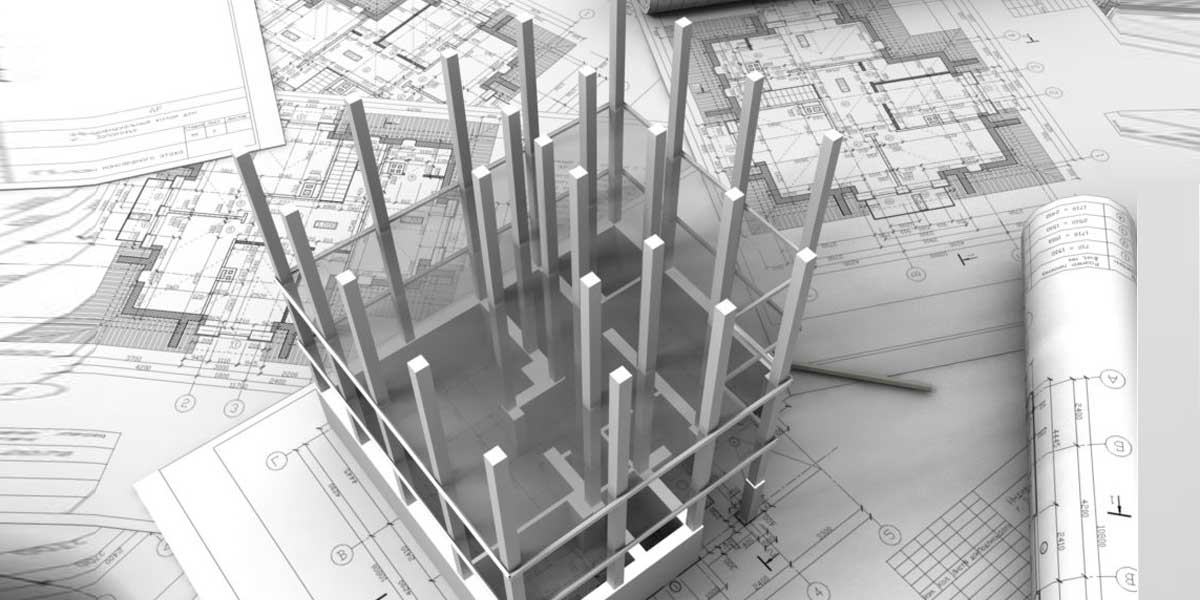Exchange of information within and between construction lifecycle stages is the lifeblood of any construction project. Information sources are distributive, iterative, colossal and incrementally evolving with differing stakeholders during different stages of the project lifecycle. Failure to manage this is common and leads to inefficient project delivery.
These issues are global, and the Indian construction industry is no exception. Technological advancements over the decades offer new opportunities for the management of humongous project data; thus, information systems (IS) have been employed in all industry endeavours, including the construction industry—but with slow adoption. One such IS application in construction projects is building information modelling (BIM).
What is CDE?
Implementation of BIM has been gaining importance across the world. As typical to any IS implementation, the challenges associated with implementing BIM lie in its requirement to change existing industry practices, revolving around the process, people and technological issues associated with the collaboration. Appropriate standards (such as PAS 1192 and ISO 19650) are being developed to guide information creation, sharing, storage, use, reuse and collaborative work practices during various stages of construction projects. These standards encourage use of the Common Data Environment (CDE), which is essential to any successful collaborative BIM implementation. CDE is defined as a centrally connected common platform/information system (through the Internet or intranet) in which project information is stored, updated and retrieved by all stakeholders without compromising the stakeholder’s data legitimacy and security.
The project in context is characterised by its complex building components and multiple stakeholder engagement during the EPC and service stages. To efficiently manage the project, the client decided to implement BIM and manage the project lifecycle ‘information’ using a CDE. The client organisation directly administered the CDE, even though there were options for the EPC contractor to administer the CDE. The decision to administer the CDE by the client engendered confidence among the other project stakeholders regarding the integrity and security of their project data. Further, it is a strategic decision for the client, as the project data will continue to evolve and be used throughout the asset’s service life.
The client organisation evaluated many CDE platforms in the market (mostly with Cloud storage) as a ‘software as a service’ (SaaS) with time-limited subscriptions. The selection of an appropriate CDE platform was based on the project needs, available features of the CDE and service and support offered by the supplier. Many CDE developers offer to train the team members and do the initial setup. The design of CDE workflow practices as per relevant guidelines (such as PAS1192, ISO19650, etc) plays a major role in success. However, the project stakeholder’s willingness on adoption of CDE is also critical. Training and setup typically lasts two to four days. Further, many established CDE platforms have easy user interfaces to learn. However, the setup went through a number of iterations during the first month to fix challenges on revised workflow process, document access, data security , workflow protocol, document naming, etc.
The benefits
Nevertheless, myriad benefits encouraged the project stakeholders to adopt the CDE. Issues of version control and ambiguity on working with latest project document are fully eradicated among all project stakeholder agencies, as documents are stacked in the project central repository (CDE) with a track of versions through a version control feature. This project generated more than 3,000 design drawings from the design consultants—architectural, structural, mechanical, electrical, plumbing, HVAC, systems, landscape—with many revisions. Numerous numbers of project documents, such as transmittals, specifications and standards, were also generated.
Interoperability was a common challenge in conventional collaboration as different stakeholders have different file formats that need to be collaborated and integrated. The CDE made all the project documents interoperable; it allowed project team members to access different file formats from other project stakeholders even without the relevant software having been installed in their devices. All stakeholders can refer to and work on the BIM model without any interoperability issues through their internet browser and mobile apps. With the limitless interoperable capability offered by the CDE, approval authorities can refer, comment, review, respond and approve on the developed BIM model, design issues, RFIs and checklists from anywhere, at any time.
Further, the stakeholders made use of the notifications feature, which is enabled as soon as a design issue/RFI/checklist/review comments/approval is generated with an accessible link to the relevant project documents. This avoids ambiguity on understanding the issue at hand as it is attached with the relevant project document in a more illustrative manner, such as dropping a pin, cloud marks, etc. Moreover, the report generated by the CDE before project meetings played a major role during design review, interface coordination and progress monitoring activities. This helps management to intervene and take timely action. The checklists generated from the CDE towards administering quality and safety processes form a solid documentation of project execution history.
In summary, construction projects that are complex and large in scale are encouraged to adopt CDE along with BIM. CDE adoption requires a vision and plan on the part of top management to make it a success. Though adoption carries an illusion of extra investment for the CDE subscription, numerous benefits can be realised, such as reduced (1/5th) design issue and RFI resolution time, reduced (almost zero) poor quality and safety incidents, and productive project meetings. Further, the Indian Government’s Digital India initiative demands systems such as CDE to be developed, administered and maintained for future public infrastructure facilities. The availability and affordability of technological infrastructure for CDE adoption are plenty in the Indian context. However, more needs to be done in terms of awareness and policy interventions.
About the Author: Dr V Senthilkumar teaches and conducts research in construction engineering and management. His research focus includes design management in infrastructure projects, automation in construction, lean construction and policymaking in infrastructure developmental projects.




















